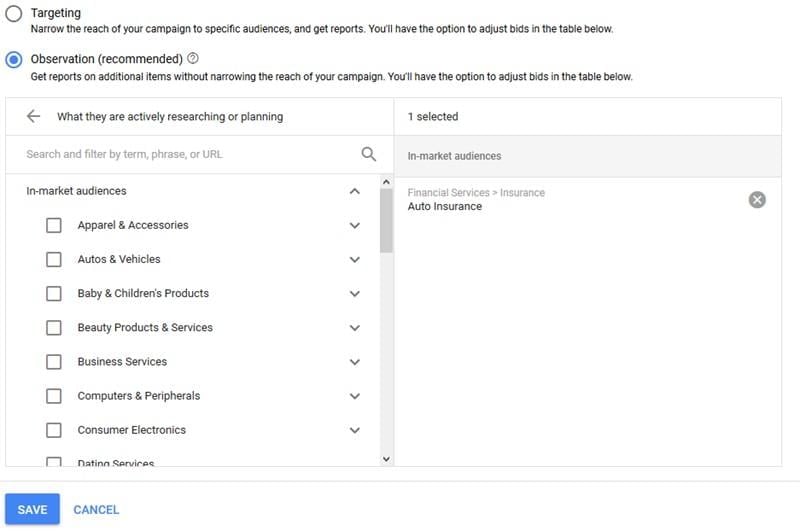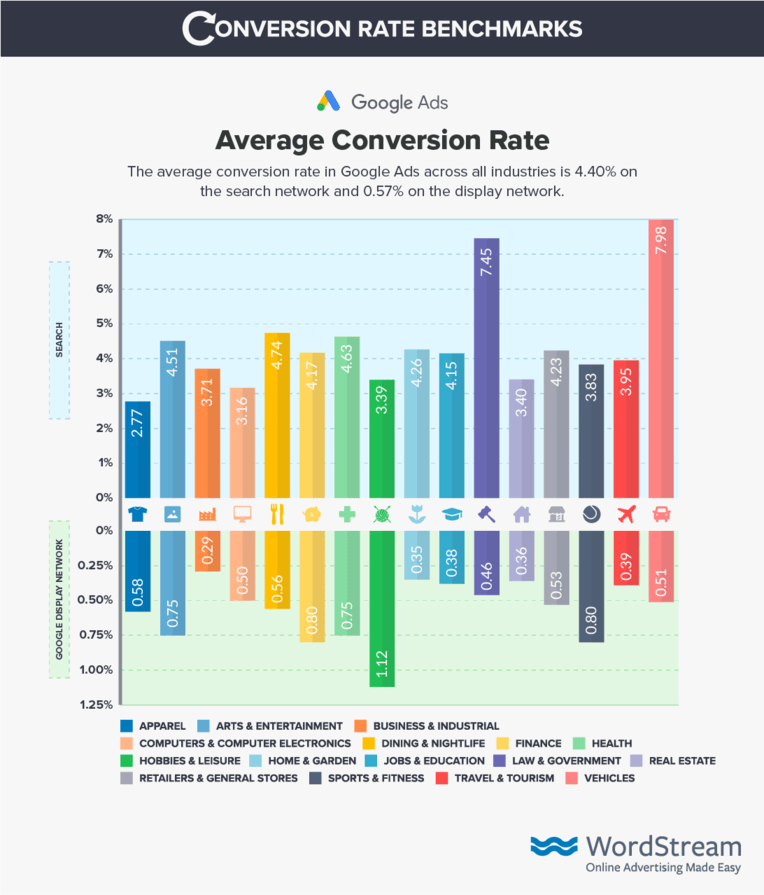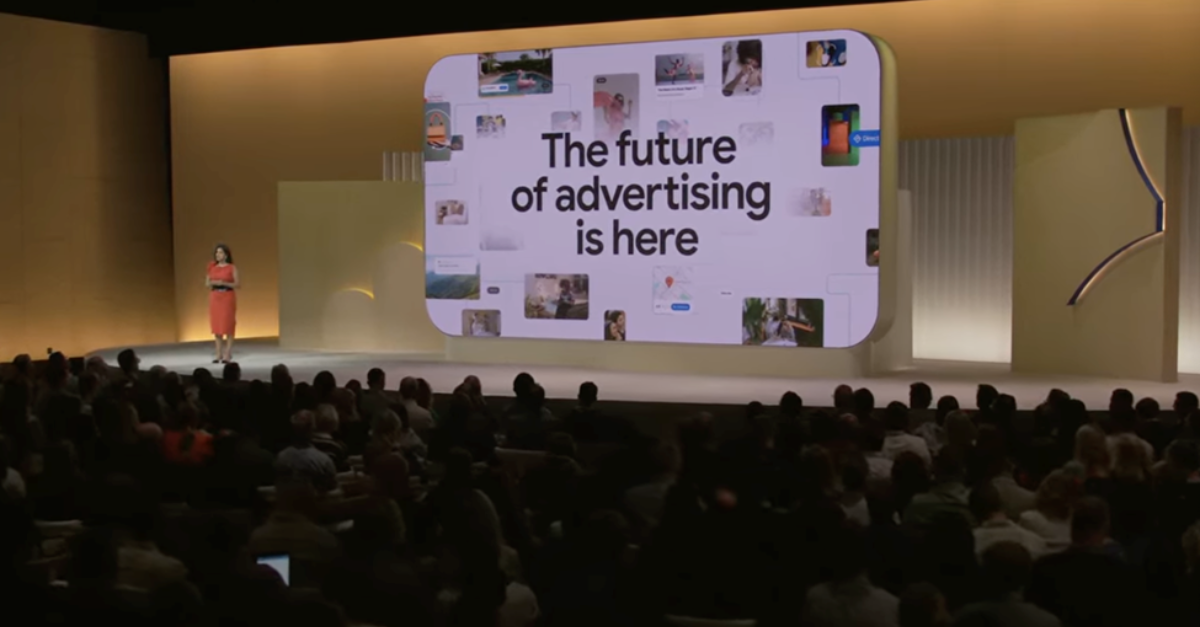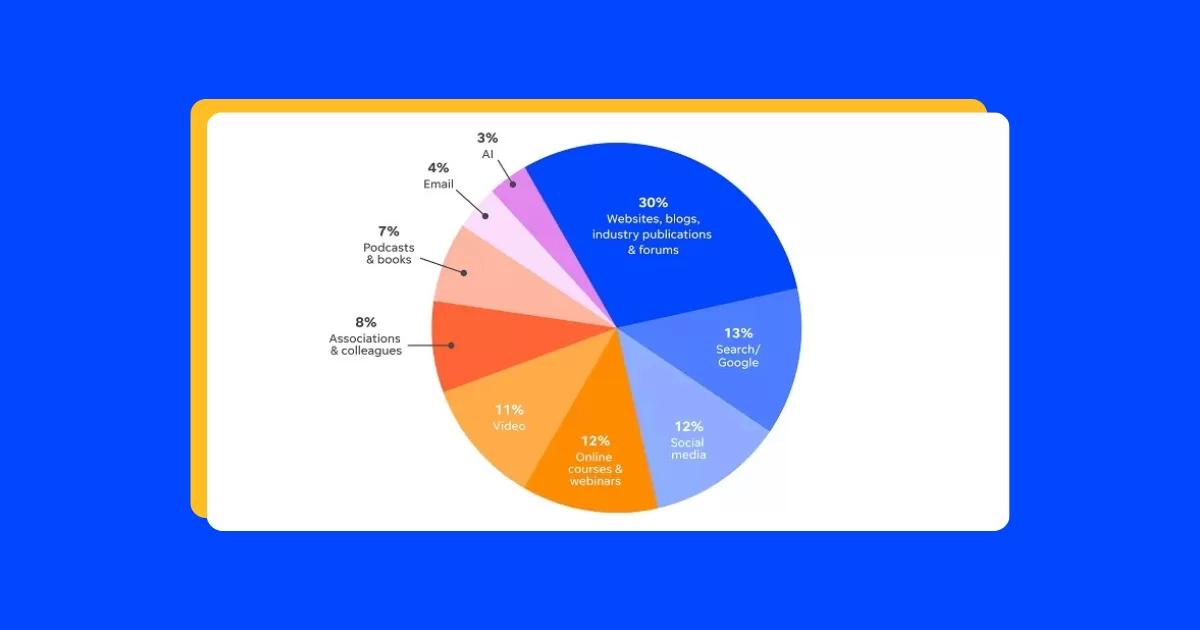
Great news, search advertisers: In preparation for the rapidly approaching holiday season, Google has announced two new ways to reach your target audience with your text ads. With the help of affinity audiences and seasonal event segments for in-market audiences, you’ll be able to get your best messaging in front of high-quality prospects with ease.
Via Google.
Let’s take a closer look at each of the new targeting options—both of which will arrive in your Google Ads account in the coming weeks—and share some thoughts regarding their potential impact on your holiday marketing strategy. Then, we’ll wrap up with some advice regarding the next steps you can take.
Affinity audiences for search
If you’re familiar with display advertising, affinity audiences are nothing new—marketers have long been able to use them to reach prospects across the GDN. Basically, an affinity audience is a group of consumers who have all demonstrated an interest in a particular topic. To determine whether someone qualifies for a given affinity audience, Google considers factors like search history, frequently visited web pages, and so on.
Soon, you’ll be able to improve your search campaigns by layering affinity audiences on top of your keywords. In their announcement post, Google uses the example of a company that sells camping gear. If this were your company, you’d traditionally reach prospects by targeting keywords such as “tent for camping.” With an affinity audience, you’ll be able to target that keyword while simultaneously targeting users who’ve shown an enthusiasm for the outdoors.
In other words, affinity audiences for search will allow you to refine your targeting such that the consumers seeing your text ads will be more likely to convert.
Impact on your holiday marketing strategy
With the holiday season comes a surge in competition on the search network. Generally speaking, advertisers tend to increase their budgets and target larger pools of keywords. As a result, driving meaningful website traffic from a generic keyword like “tent for camping” becomes considerably more difficult.
Layering affinity audiences on top of your search keywords will make it easier to cut through the holiday marketing noise. As competition intensifies (and CPCs increase), you can’t afford to waste time on prospects unlikely to convert. Thanks to affinity audiences, you won’t have to.
Seasonal event segments for in-market audiences
Since 2018, in-market audiences have been helping search advertisers improve conversion rates by connecting them to consumers who are actively researching and comparing products. For example, if I spend weeks searching queries like “men’s jeans” and visiting ecommerce websites like H&M, Google will likely place me in the in-market audience for Apparel & Accessories. That way, retailers that sell men’s jeans can easily reach people like me—people who are clearly interested in making a purchase.
Soon, in-market audience targeting will get even more robust with the introduction of seasonal event segments—subcategories of consumers who are actively researching and comparing products in preparation for an upcoming holiday or event. Because you’ll know that the people you’re reaching have a specific occasion on the mind—Valentine’s Day, perhaps—you’ll be able to craft timely offers and well-targeted messaging.
In other words, seasonal event segments for in-market audiences will allow you to differentiate between consumers who are interested in your business in general and consumers who are interested in your business for a specific reason.
Impact on your holiday marketing strategy
Unsurprisingly, both Black Friday and Christmas are getting their own in-market segments when this update arrives in the Google Ads interface. Using these to bolster your messaging at a time when competition is insanely high is a no-brainer.
For example, let’s say you sell outdoor apparel for the winter season—coats, hats, scarves, etc. With the Black Friday in-market segment, you can reach people who are specifically looking to buy apparel from retailers running pre-holiday promotions. With this in mind, you can write your messaging accordingly: “Winter Coats for Women│Limited Time Black Friday Sale.”
Next steps for you
You should see affinity audiences for search and seasonal event segments for in-market audiences in your Google Ads account at some point in the next few weeks—just in time to play around with them before Black Friday comes around.
Would I recommend immediately layering affinity audiences over your top-performing keywords? No, I wouldn’t. Remember—the general purpose of rolling out affinity audiences for search is to allow you to refine the reach of your text ads and drive an increase in conversion rates. However, if you were to layer an affinity audience over a group of keywords that are already performing wonderfully for your business, you’d risk cutting out high-quality prospects and undermining your conversion rates.
Instead, test an affinity audience with an ad group that has clear room for improvement. If the keywords in that ad group tend to garner a lot of impressions but fail to drive high conversion rates, they could very well benefit from the help of an affinity audience.
The same logic applies to seasonal event segments for in-market audiences. I wouldn’t immediately experiment with seasonal segmentation with your top-performing in-market audience. Again, I’d look for an audience that could clearly use a boost and see how the seasonal segmentation works there. The insights will be valuable, but the stakes won’t be high!







![Search Advertising Benchmarks for Your Industry [Report]](https://www.wordstream.com/wp-content/uploads/2024/04/RecRead-Guide-Google-Benchmarks.webp)


